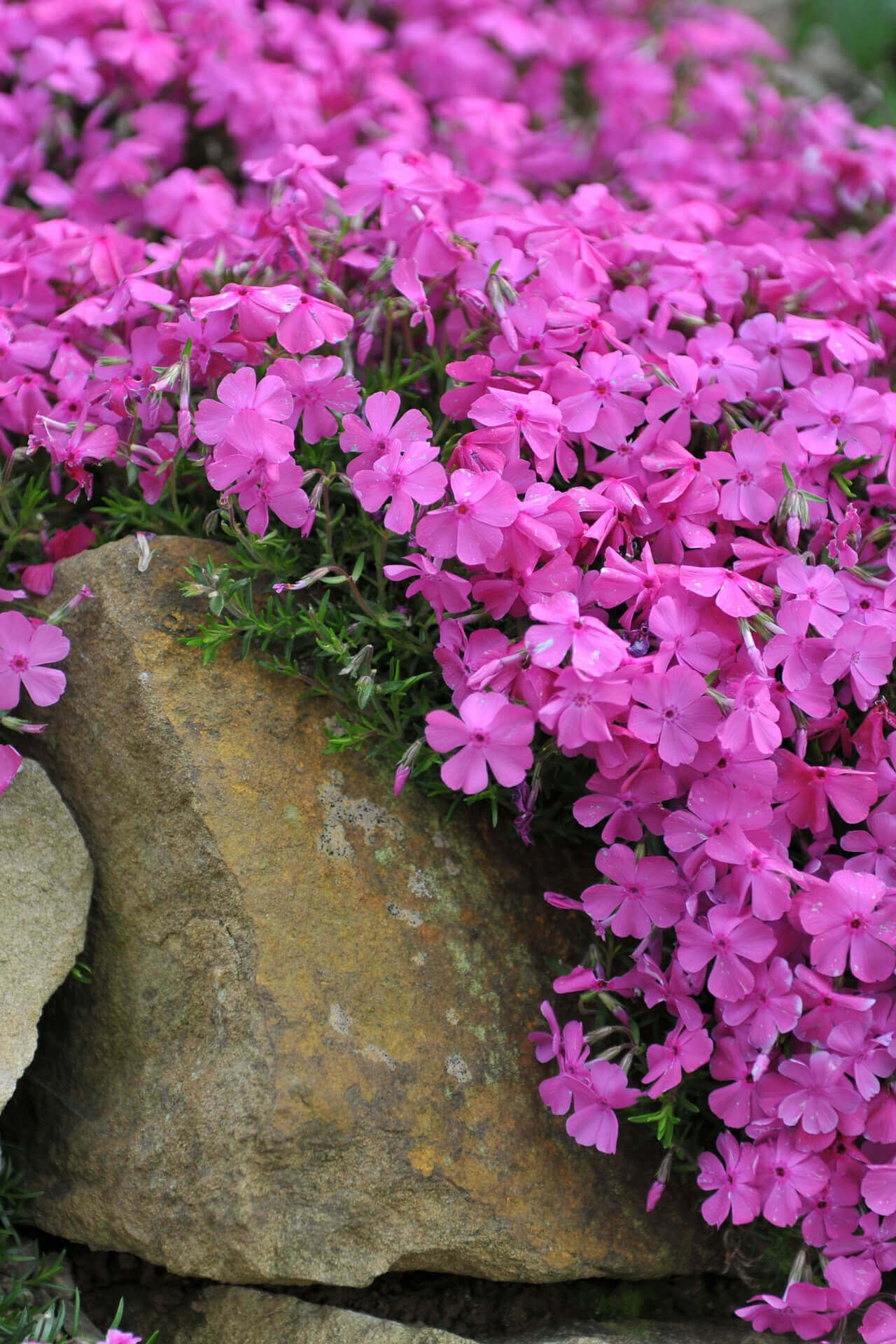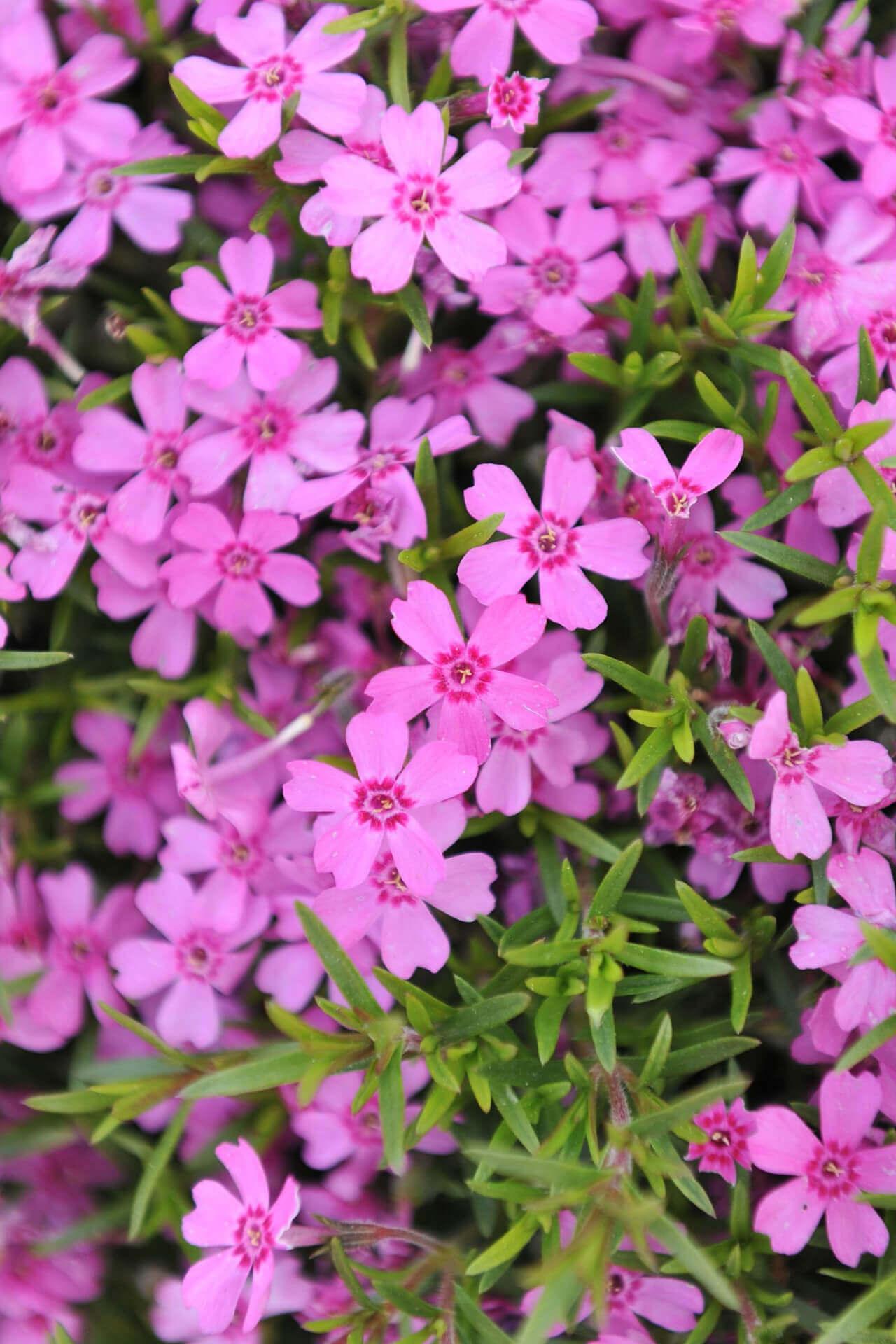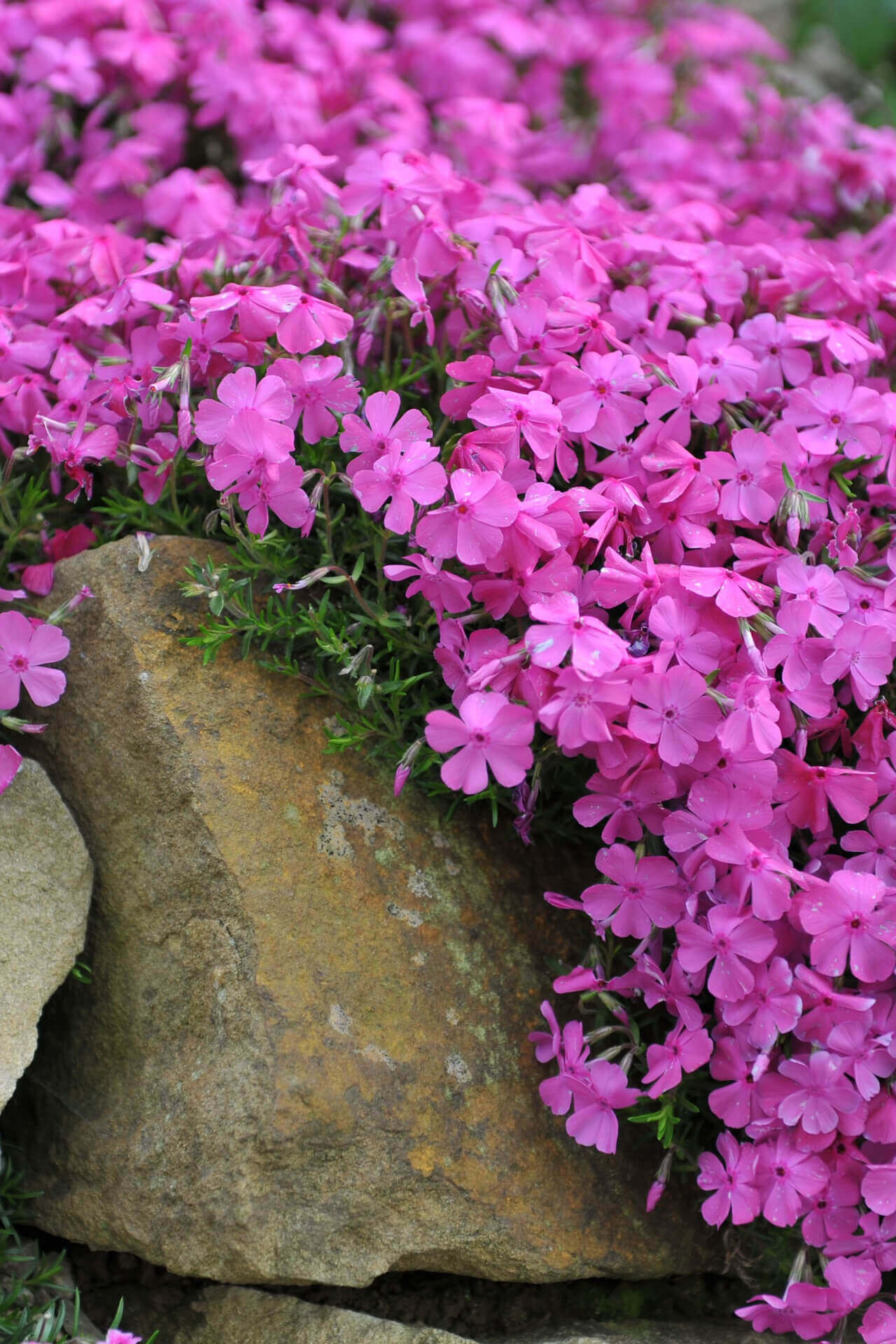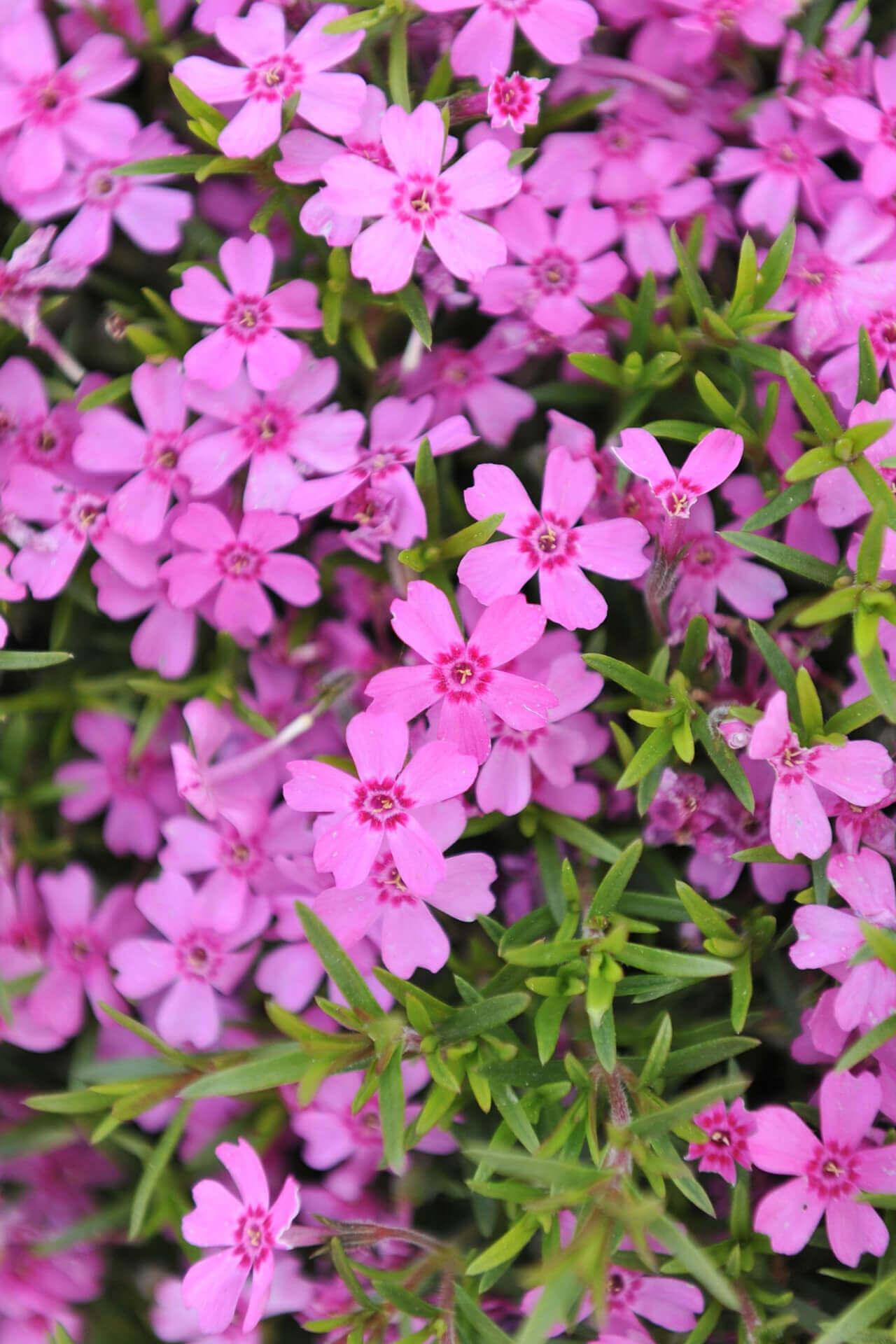


Phlox subulata, commonly known as creeping phlox or moss phlox, is a low-growing perennial plant native to North America. This beautiful and hardy ground cover is a favorite among gardeners for its stunning carpet-like display of colorful flowers and its ability to thrive in various garden settings.
They Love Lime And Sunshine
They typically reach only 4 to 6 inches (10 to 15 cm) and spread horizontally to form a dense mat of evergreen foliage. The leaves are small and needle-like and remain green throughout the year, providing an attractive ground cover even when the plant is not blooming.
One of their most striking features is its profusion of star-shaped flowers that appear in spring. These flowers come in various vibrant colors, including pink, purple, blue, and white, creating a carpet of color that can be pretty breathtaking. The bloom can last several weeks, making it a standout in early spring gardens.
Creeping Phlox Is A Very Versatile Plant
Creeping Phlox is a versatile plant that thrives in various garden conditions. It likes full sun to partial shade and well-drained soil. Once established, it is drought-tolerant, making it suitable for xeriscaping or rock gardens. This plant is also relatively low maintenance and requires minimal pruning or deadheading.
Creeping Phlox Is Great For A Groundcover
Gardeners often use them as ground cover to prevent soil erosion on slopes or to fill in gaps between rocks in rock gardens. Their low spreading habit makes them an excellent choice for edging along pathways or flower borders.
In summary, Phlox subulata, or creeping phlox, is a charming and versatile perennial plant known for its vibrant springtime display of colorful flowers, evergreen foliage, and ability to thrive in various garden settings. Whether used as a ground cover, edging, or in rock gardens, this low-maintenance plant is a popular choice among garden enthusiasts for its beauty and adaptability.
- Choosing a selection results in a full page refresh.
- Opens in a new window.



